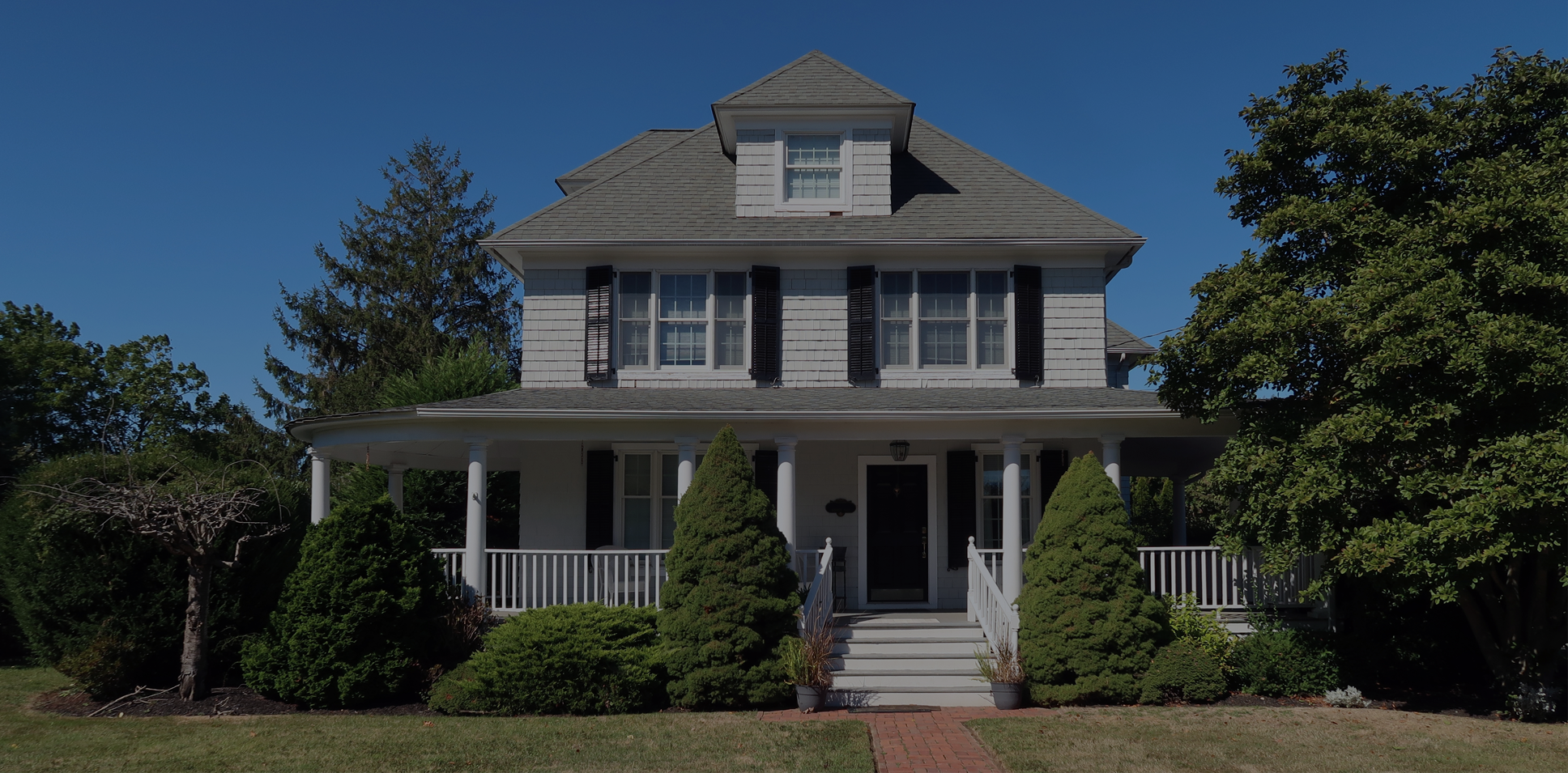If you are looking for ways to improve the energy efficiency of your home, air sealing is an affordable investment that will reduce energy costs, while improving the comfort and durability of your home.
To begin, locate the areas where air leakage is occurring; often it is where two different materials meet, such as brick and wood siding, the foundation and walls, and the chimney and siding. Areas of concern include the following:
- Door and window frames
- Gas and electric service entrances
- Cable TV and phone line service entrances
- Outdoor water faucets
- Dryer vent
- Bricks, siding, stucco, and foundation
- Air conditioners
- Vents and fans
- Mail chute
Air sealing techniques
Once you have located the air leaks, apply air sealing materials as needed. Two common materials include caulk and weather stripping. Most experts agree that caulking and weather stripping will pay for themselves in energy savings within one year.
Caulk
Caulk forms a flexible seal for cracks, gaps, or joints in almost any material. You can use caulking compound to seal air leaks throughout your home. Most caulking compounds come in disposable cartridges that fit in half-barrel caulking guns. Allow at least one half of a cartridge per window or door and four cartridges for the foundation sill. Before applying caulk, remove any old caulking material and clean the area. Apply caulk at a consistent angle and in a constant stream, avoiding stops and starts. The type of caulk you choose will depend on where it is being used:
- Silicone caulk works well on metal and plastic. It can withstand extremes in temperature, and remains flexible when dry; ideal for filling air leaks around windows and doors. It can be difficult to apply, however, and you will need turpentine or naphtha soap for clean up.
- Durable latex caulk works well around windows and doors, and it can be painted. It is ideal for indoor use, but cannot withstand extremes in temperature—particularly cold temperatures—so it is not recommended for outdoor use.
- Oil-based caulk is suitable for sealing flashings and vents, and for chimney repair. It is durable, and hardens quickly, but cleanup will require turpentine or paint thinner.
- Acrylic latex with silicone caulk is durable, versatile, easy to work with, and cleans up with soap and water. This caulk adheres to wood, brick, glass, plastic and metal. Suitable for indoor and outdoor use, acrylic latex and silicone caulk can be used for sealing windows and doors, siding, thresholds, baseboards and more. Mold and mildew resistant, this versatile caulk comes in a variety of colors, and can also be painted or tinted.
Weather Stripping
Weather Stripping stops air leaks around doors and windows. It also diverts rain and water away from your home, which helps to prevent water damage and mold growth. Made from an assortment of materials, including foam, felt, vinyl, aluminum, and bronze, it is available in a variety of depths and widths, suitable for most applications. Choose weather stripping that will withstand the friction, weather, temperature changes, and wear and tear associated with the area where it is being applied. To determine how much weather stripping you will need, measure the perimeter of all the windows and doors that need weather stripping, and add 5 to 10 percent to allow for waste. Always apply to clean, dry surfaces at temperatures above 20°F.
